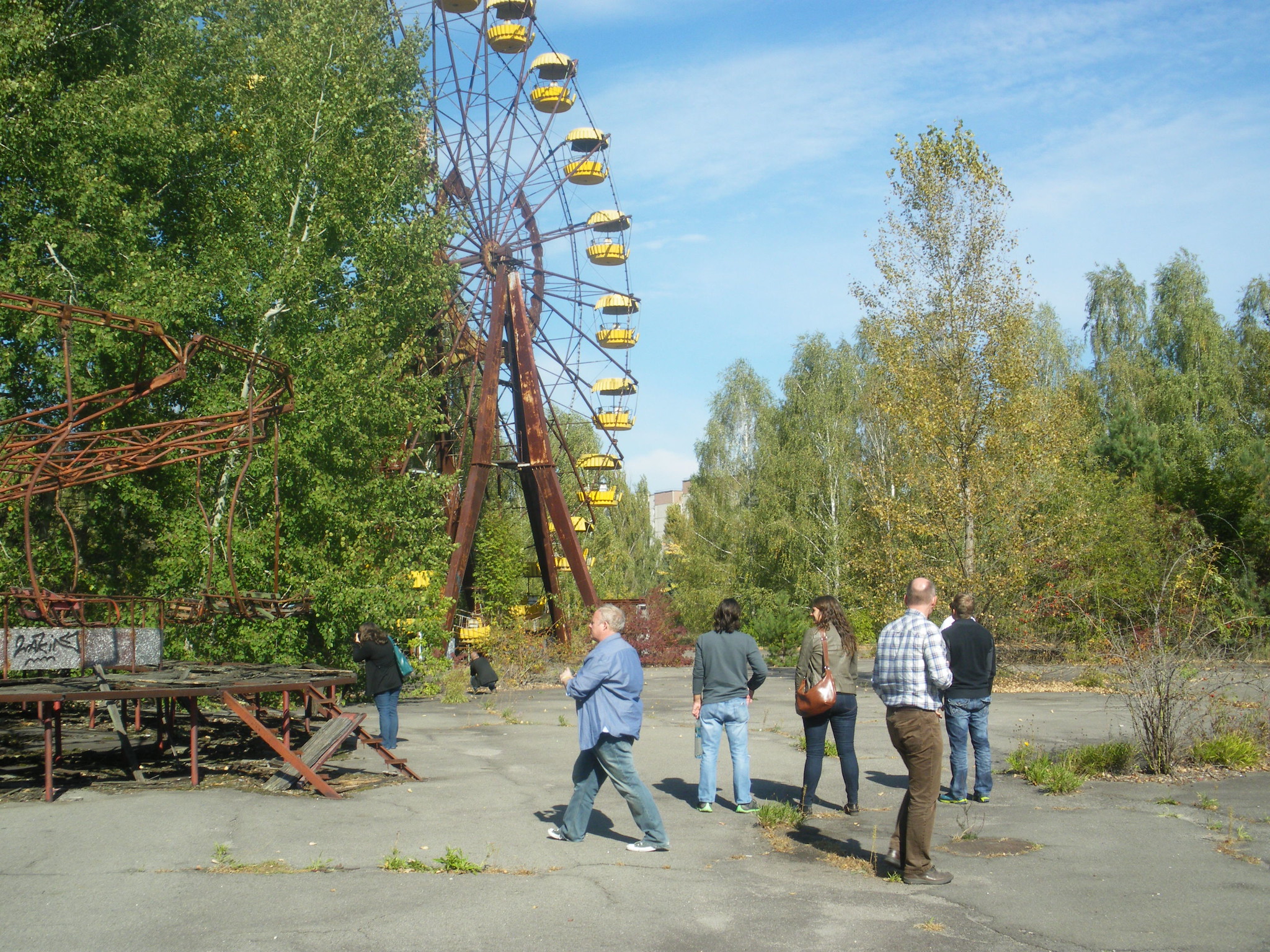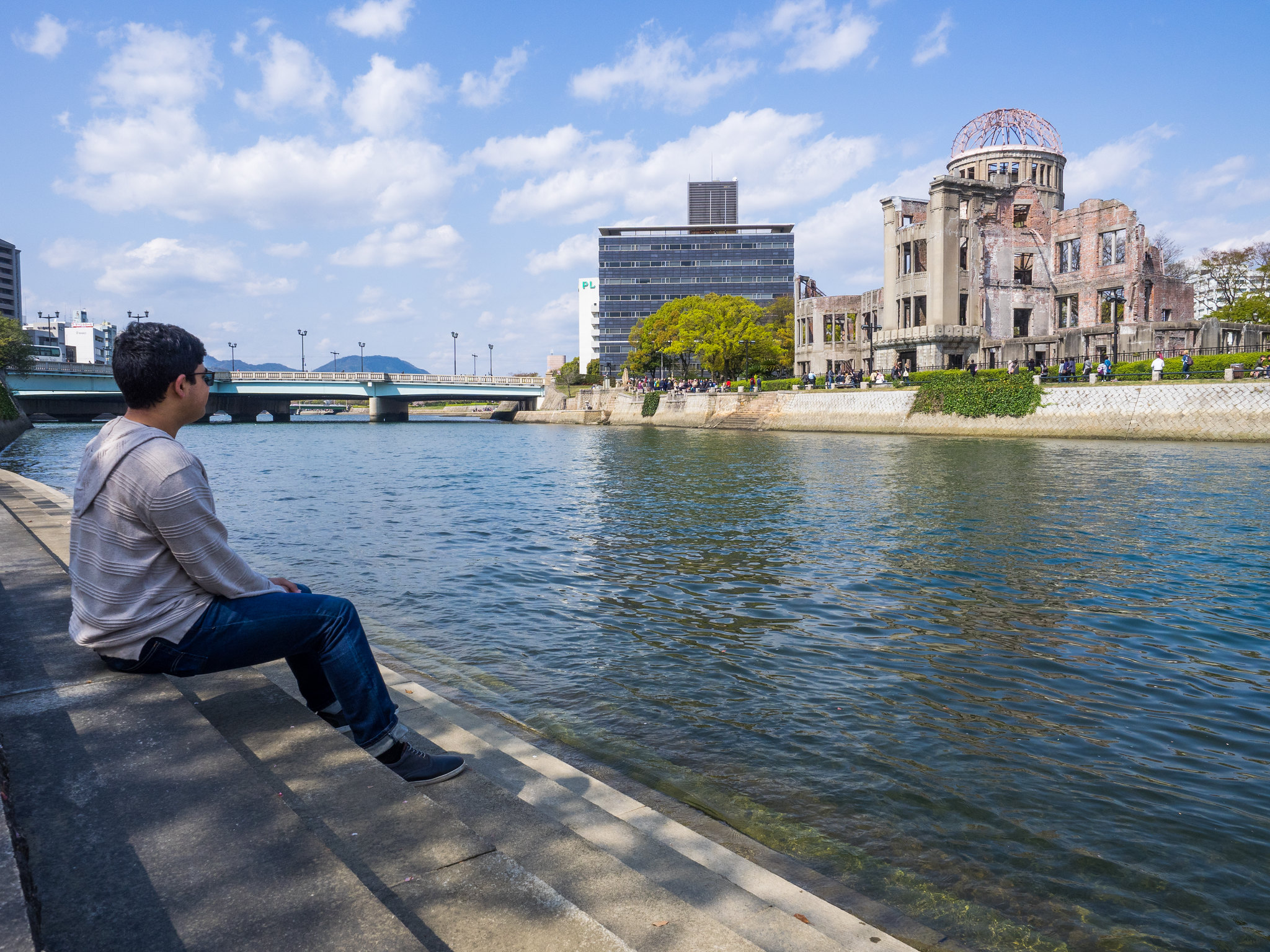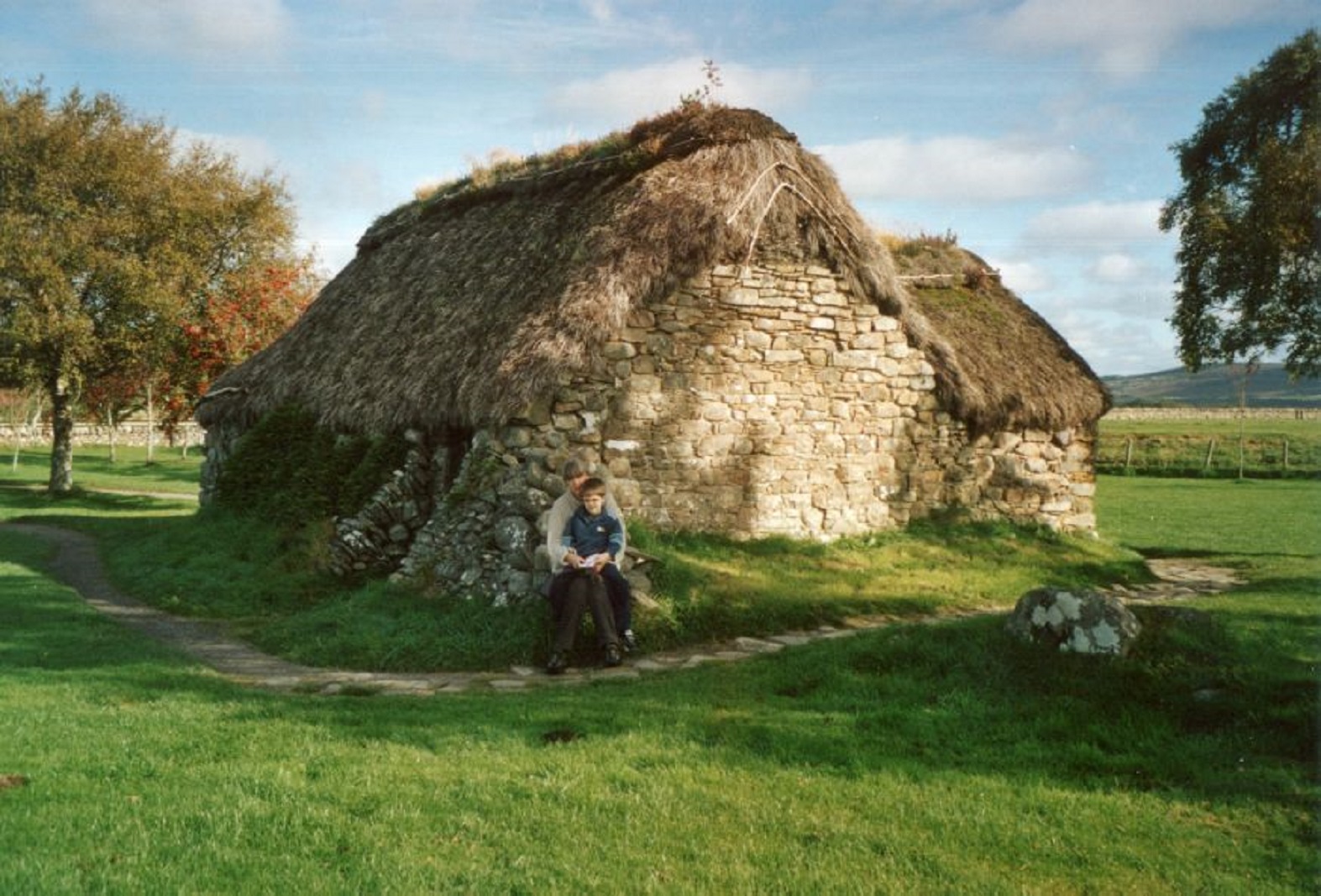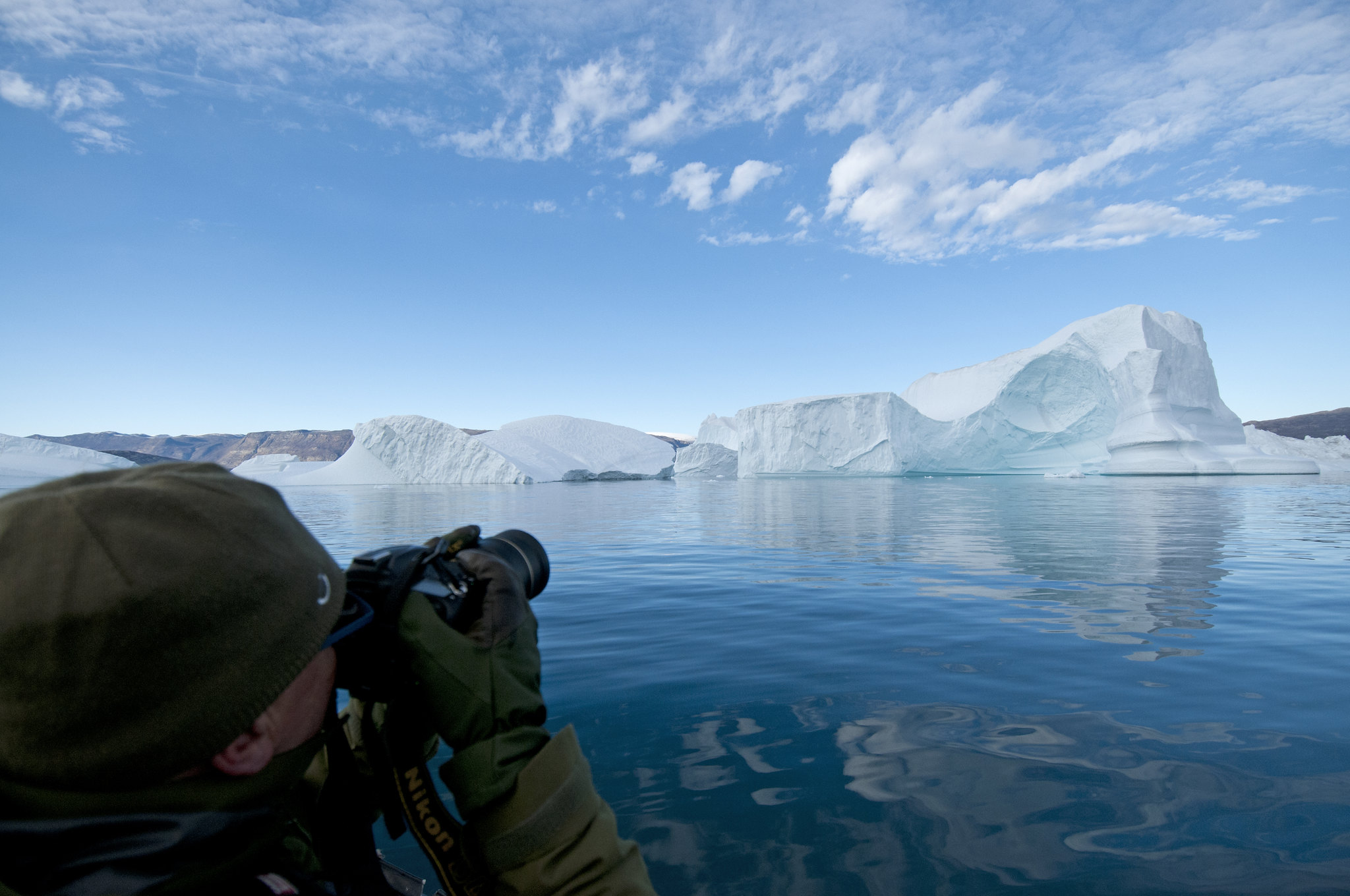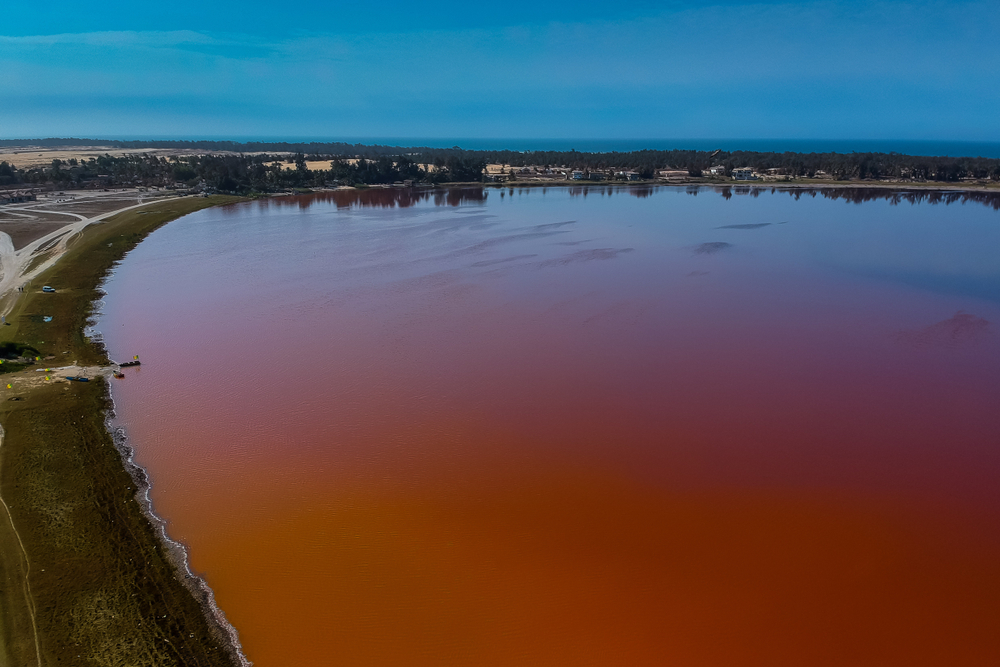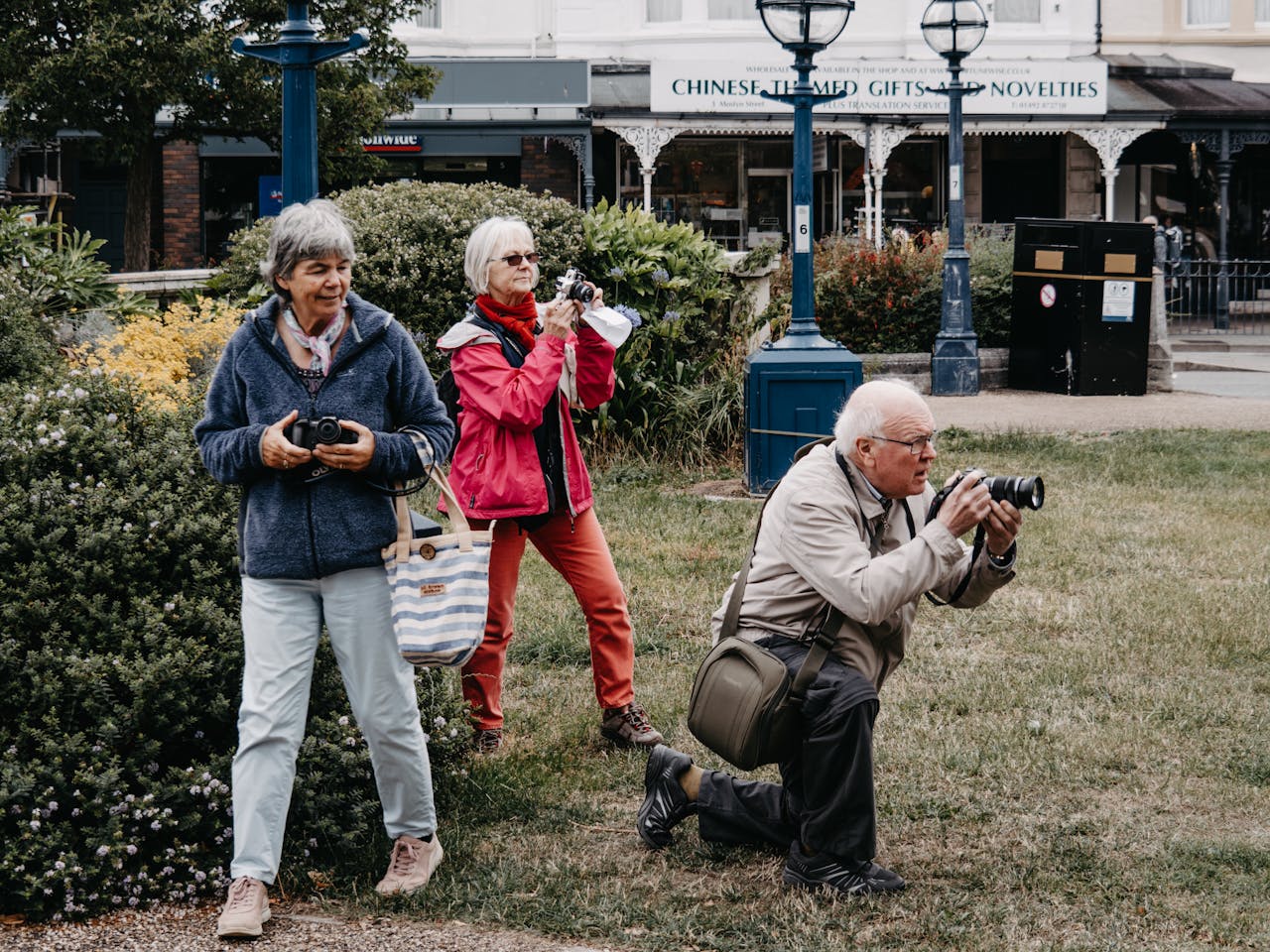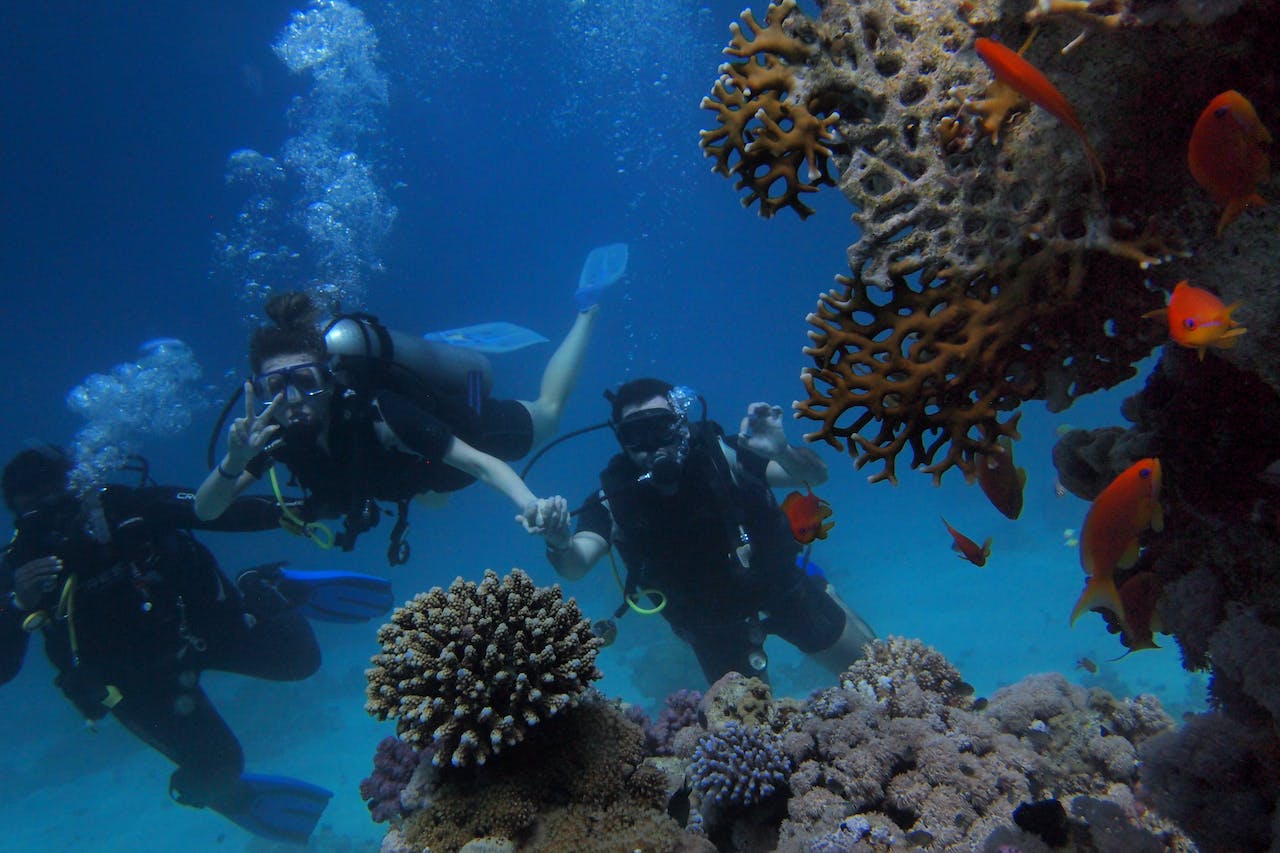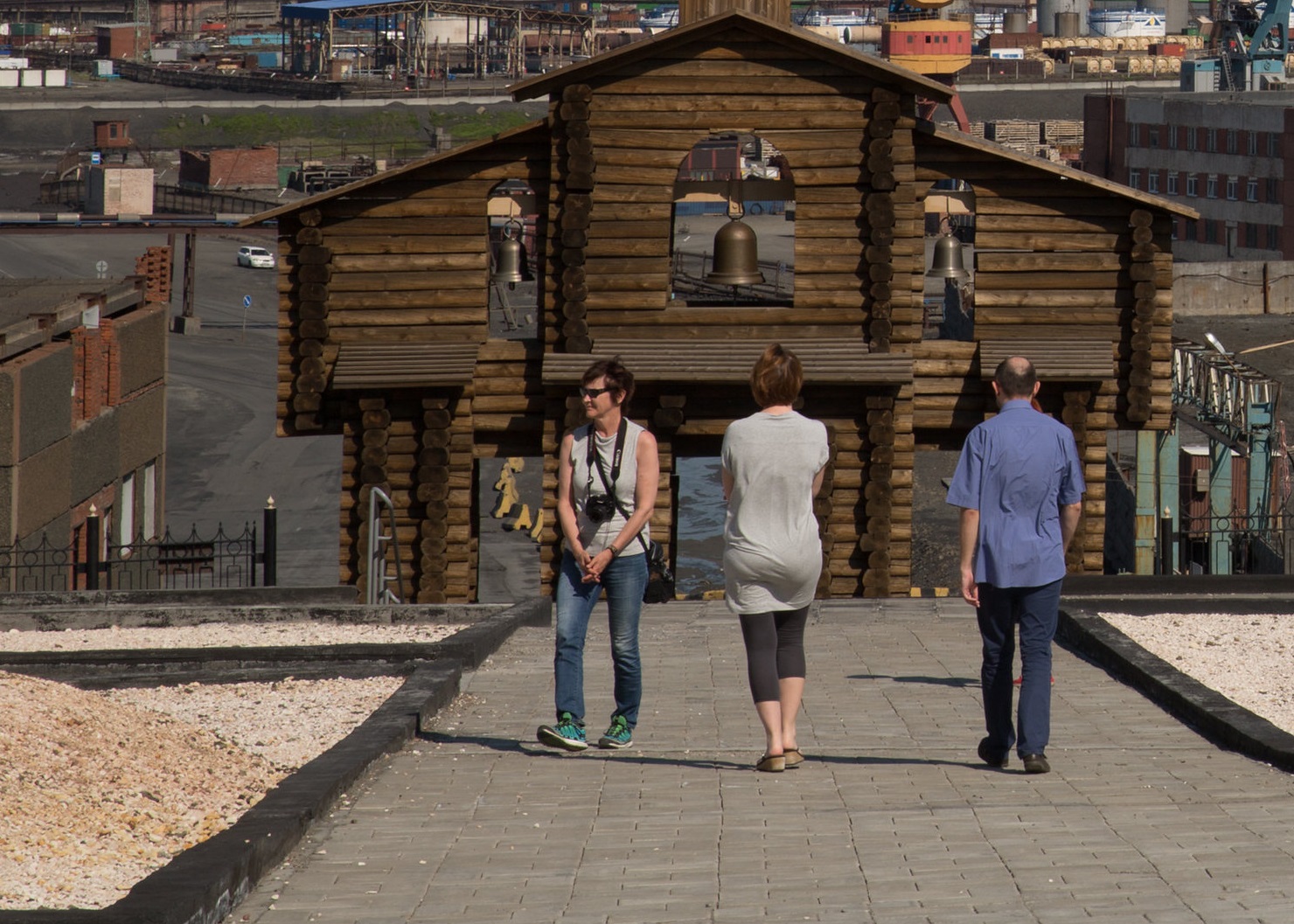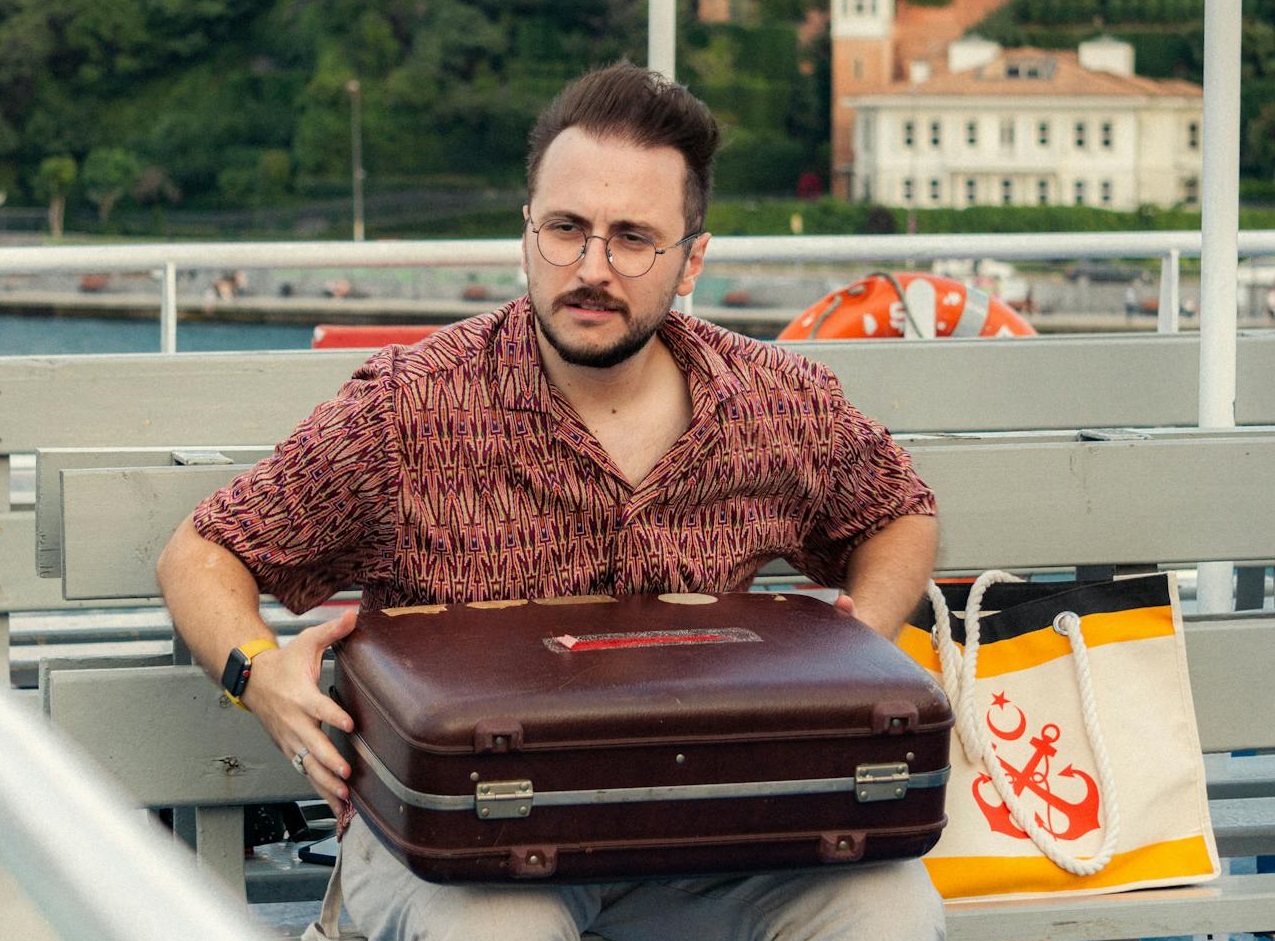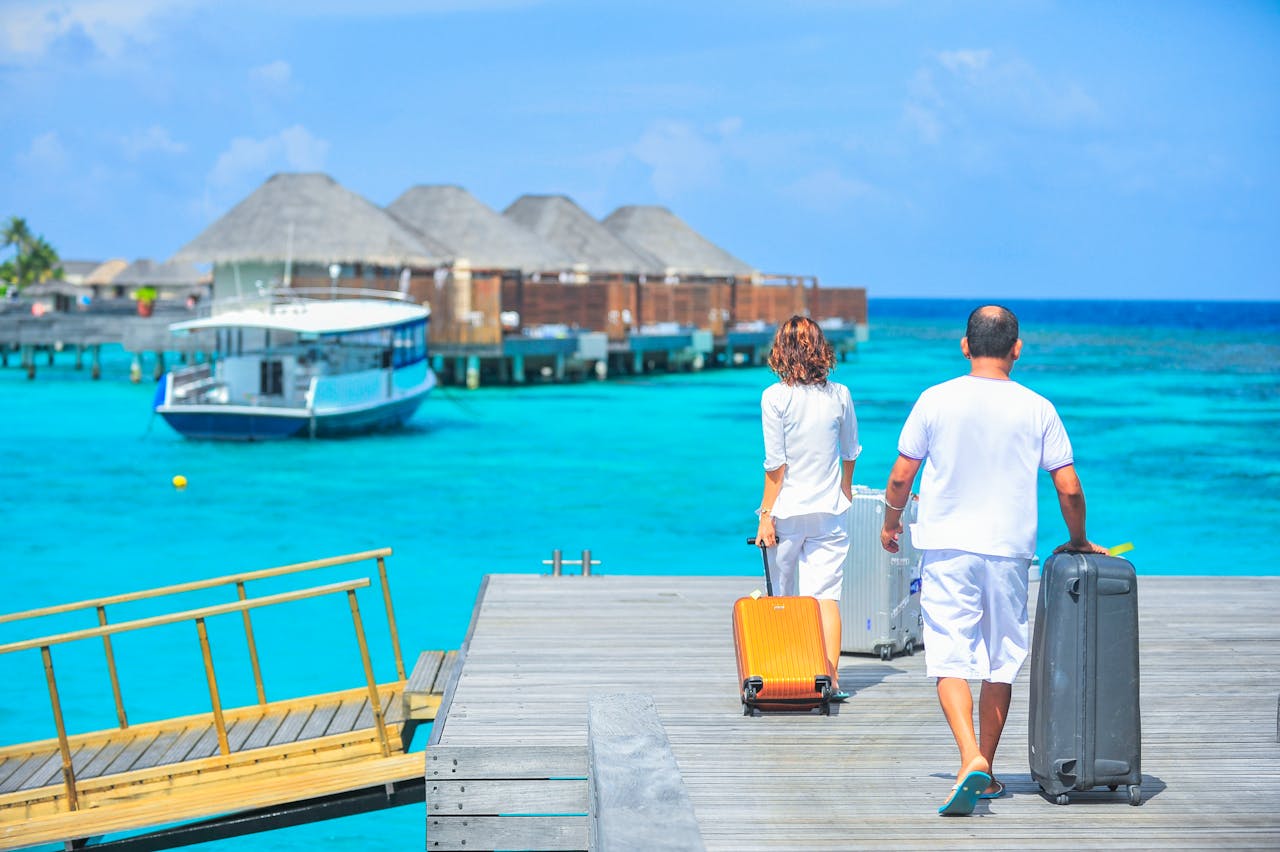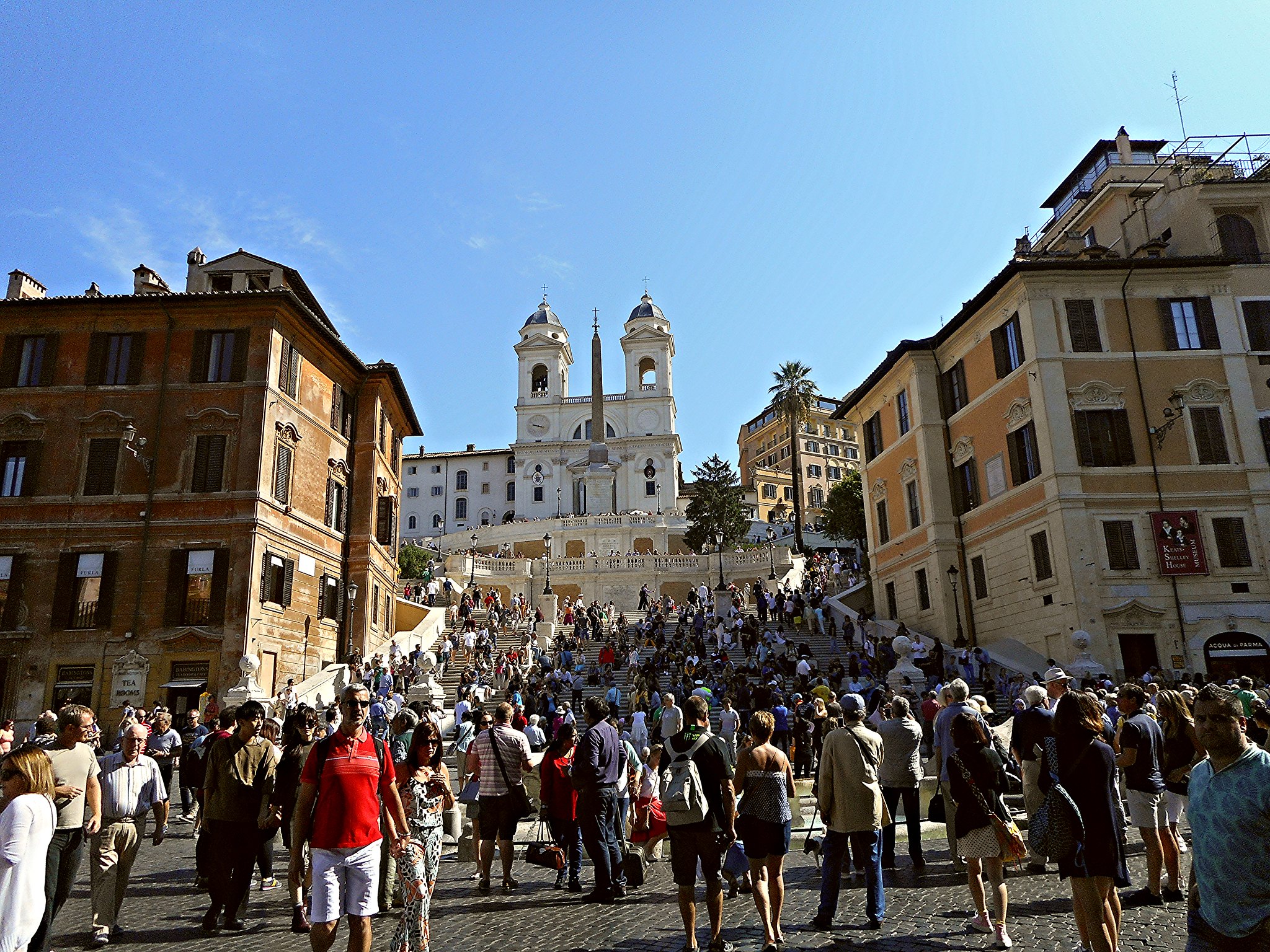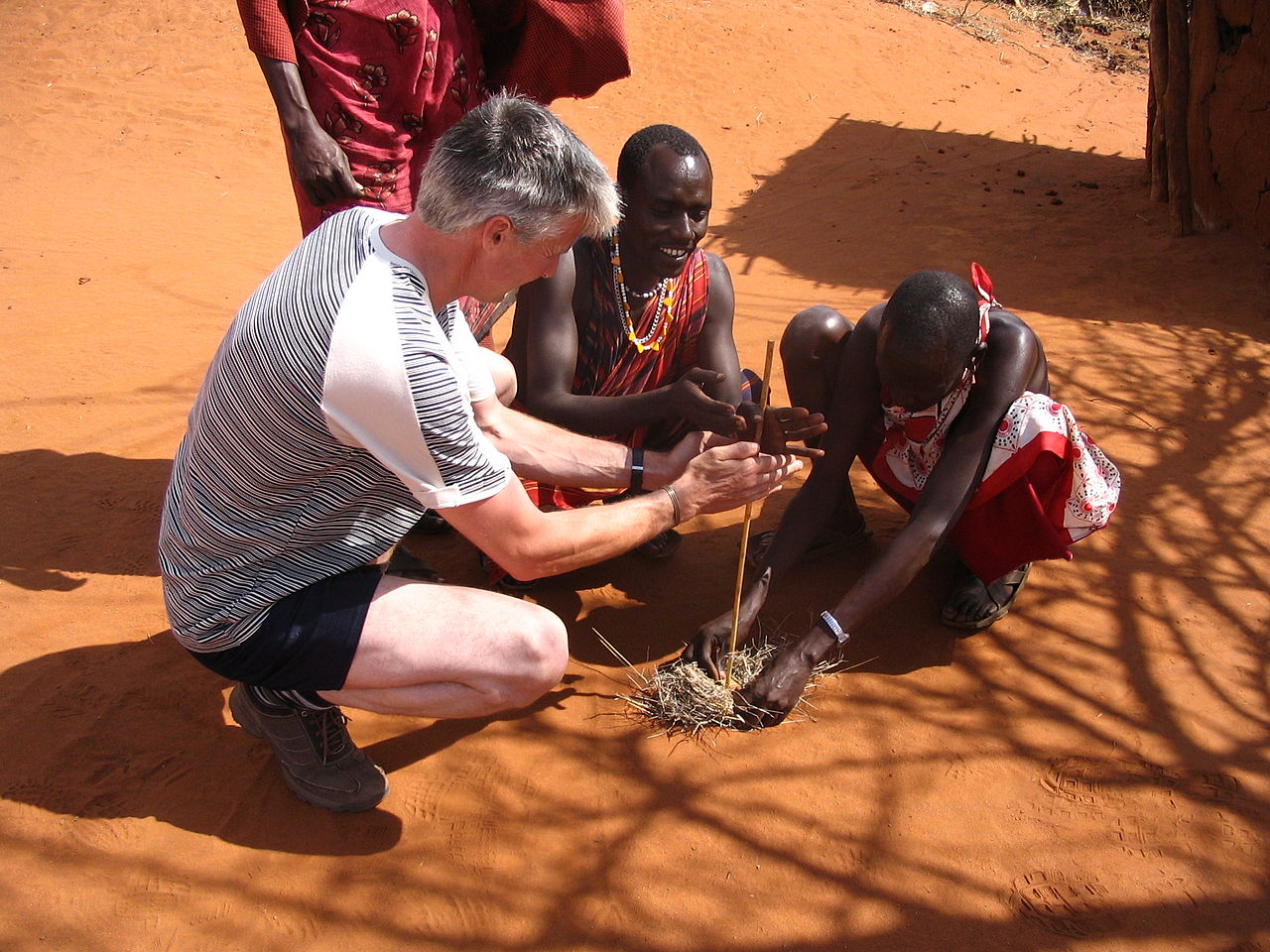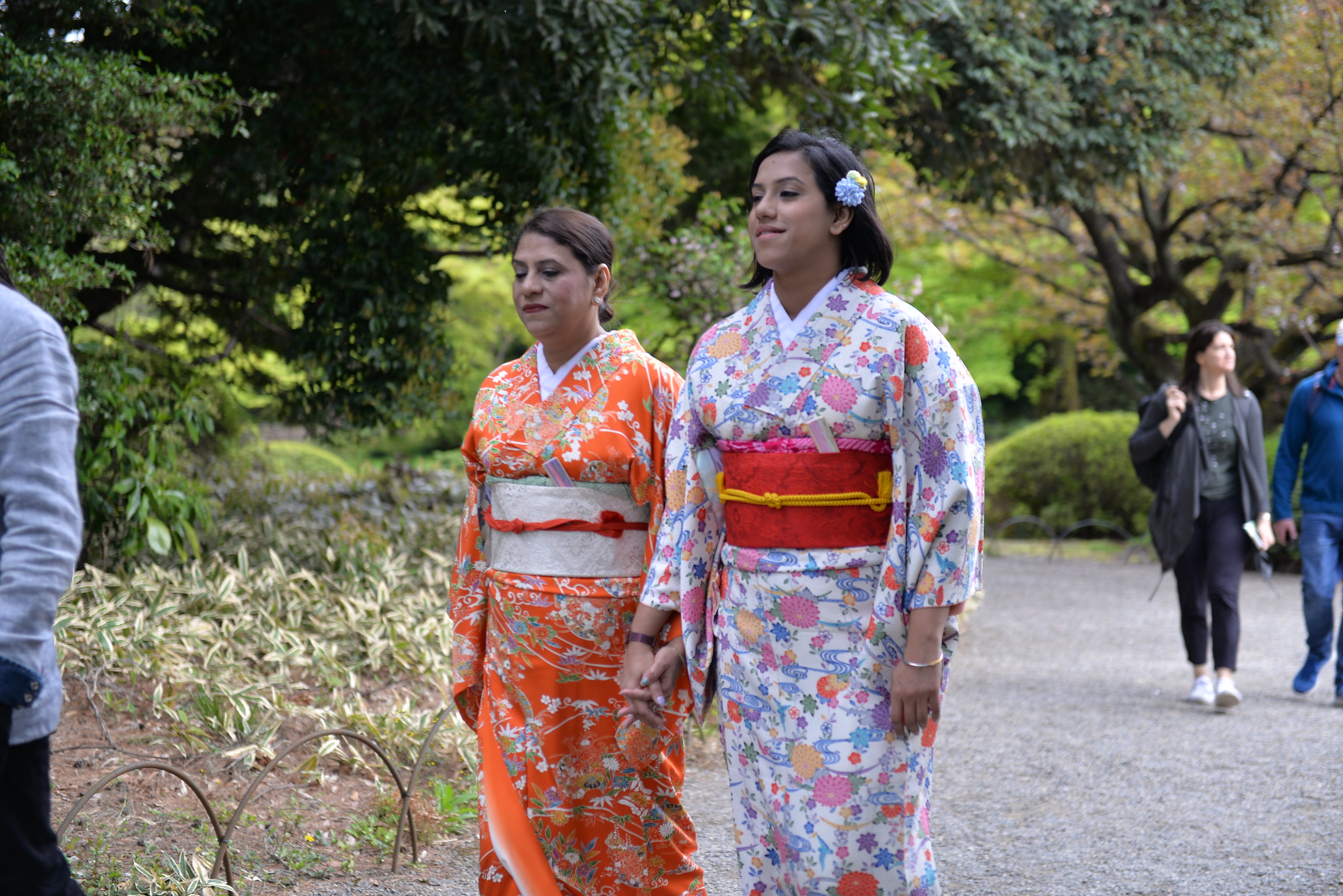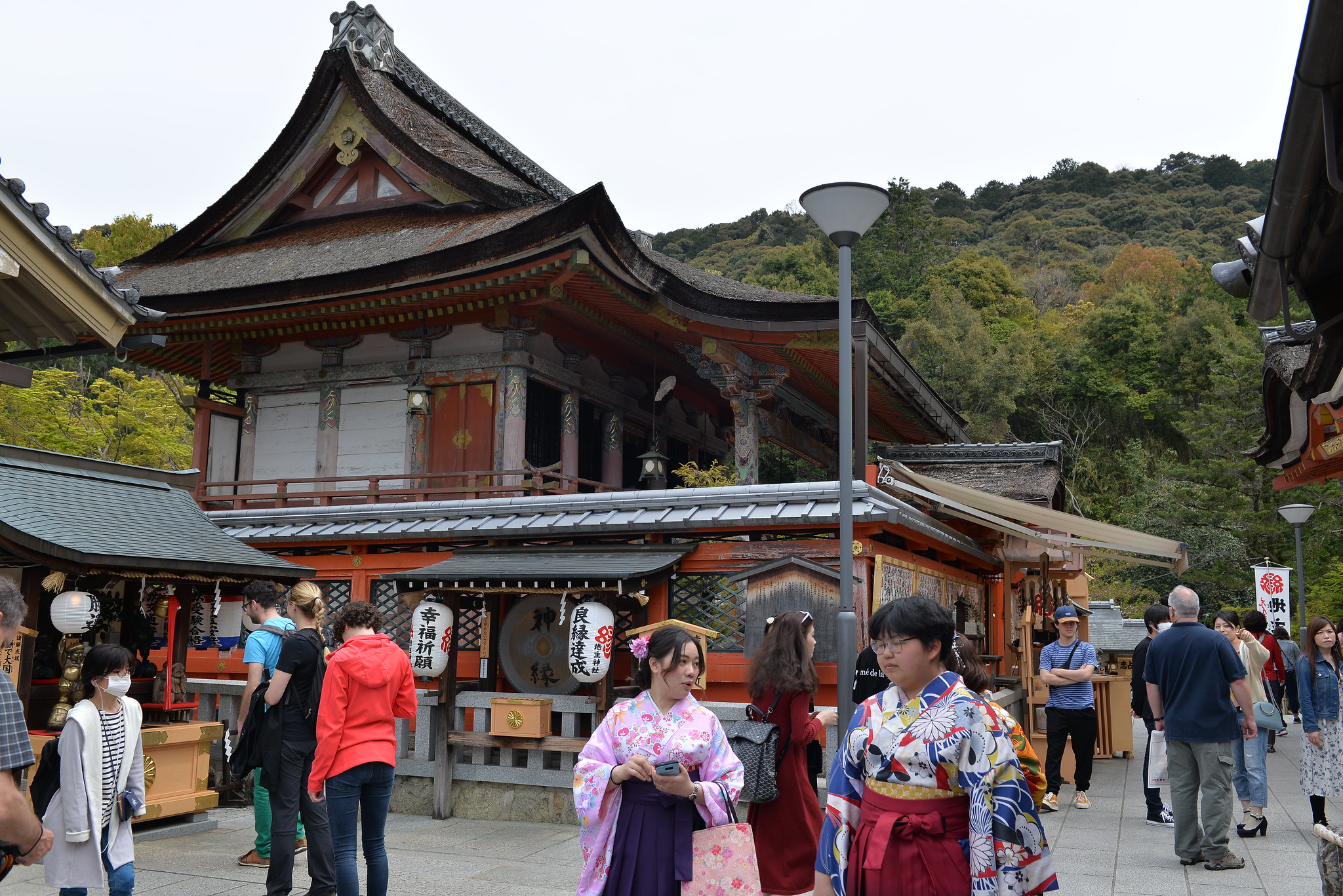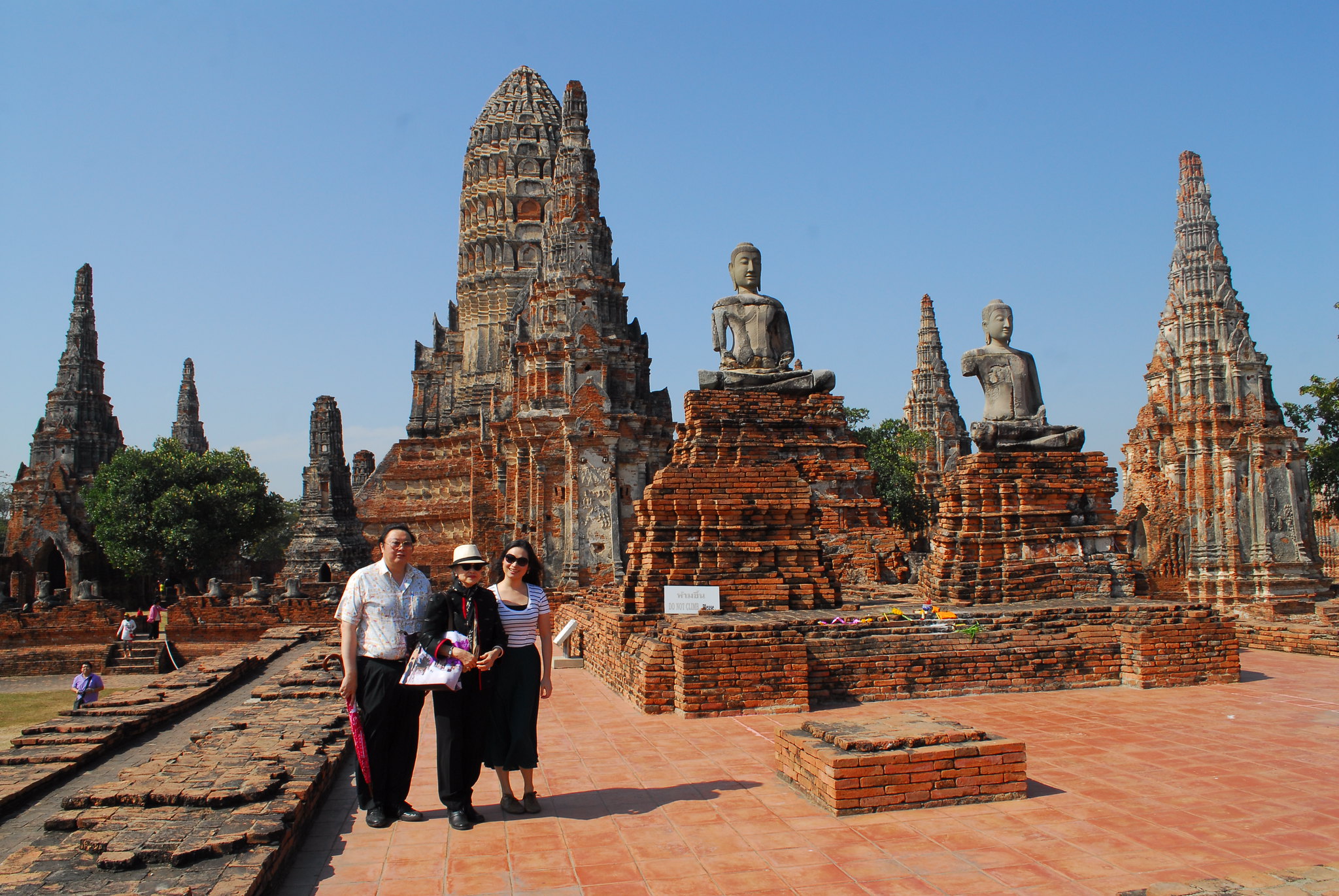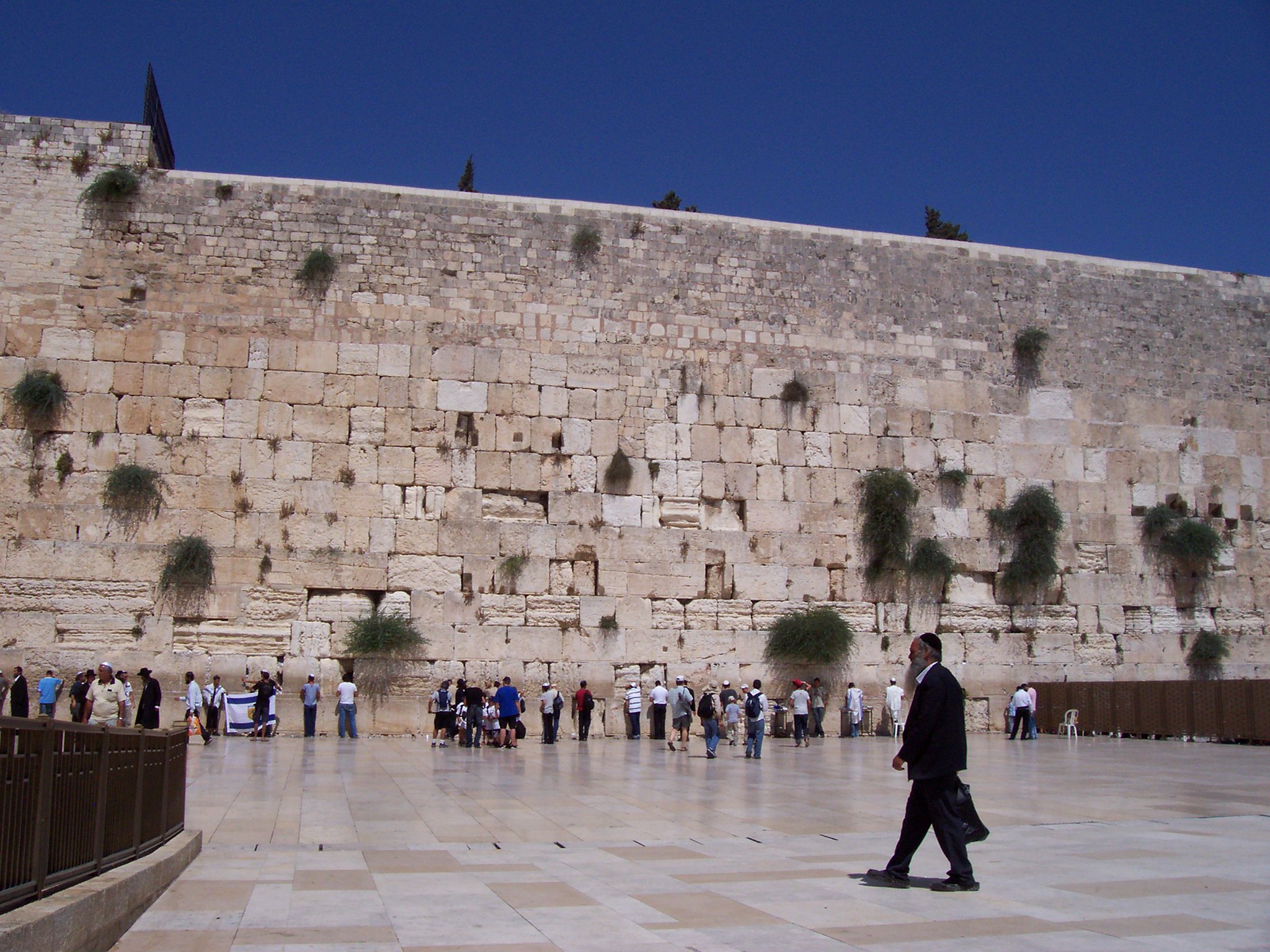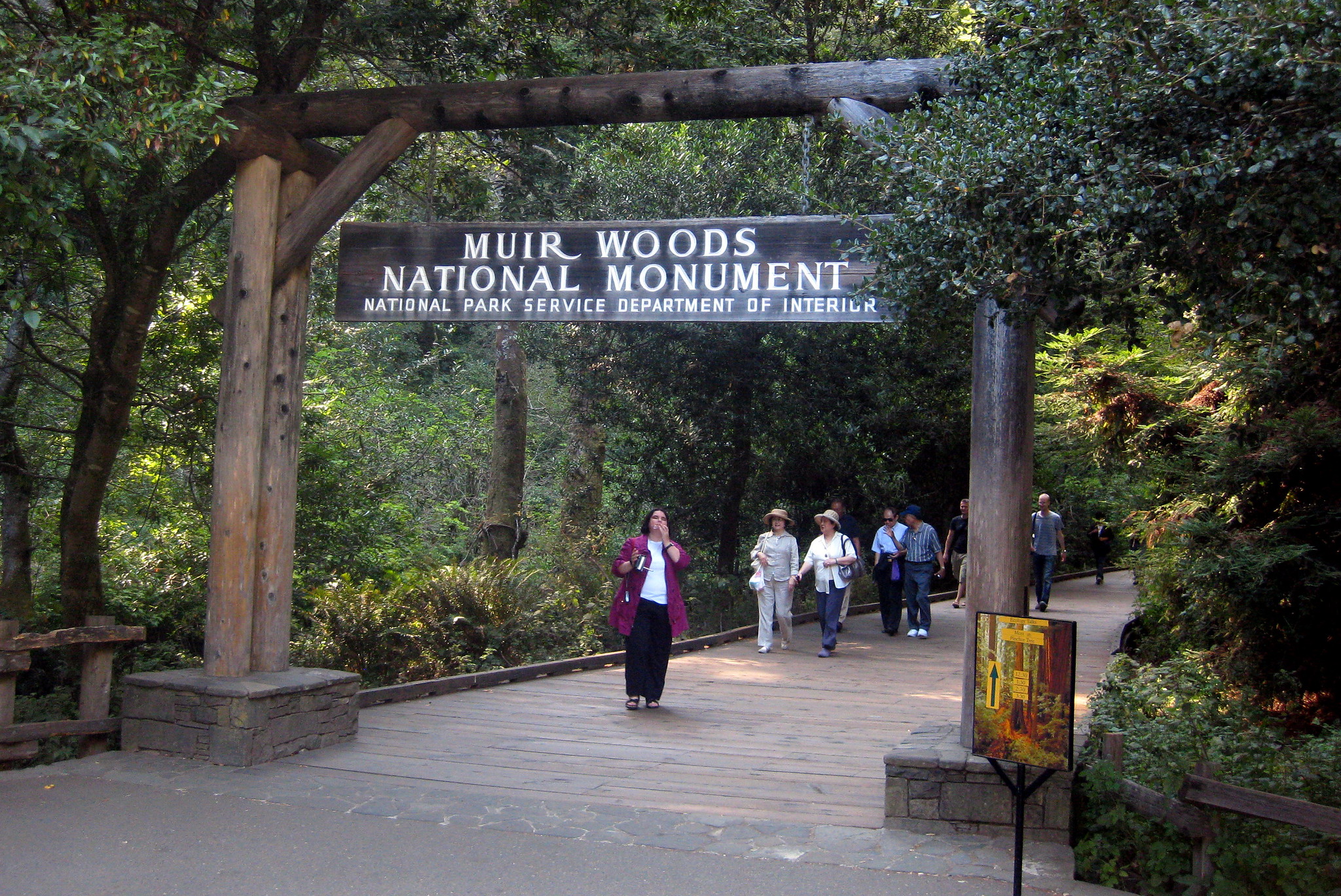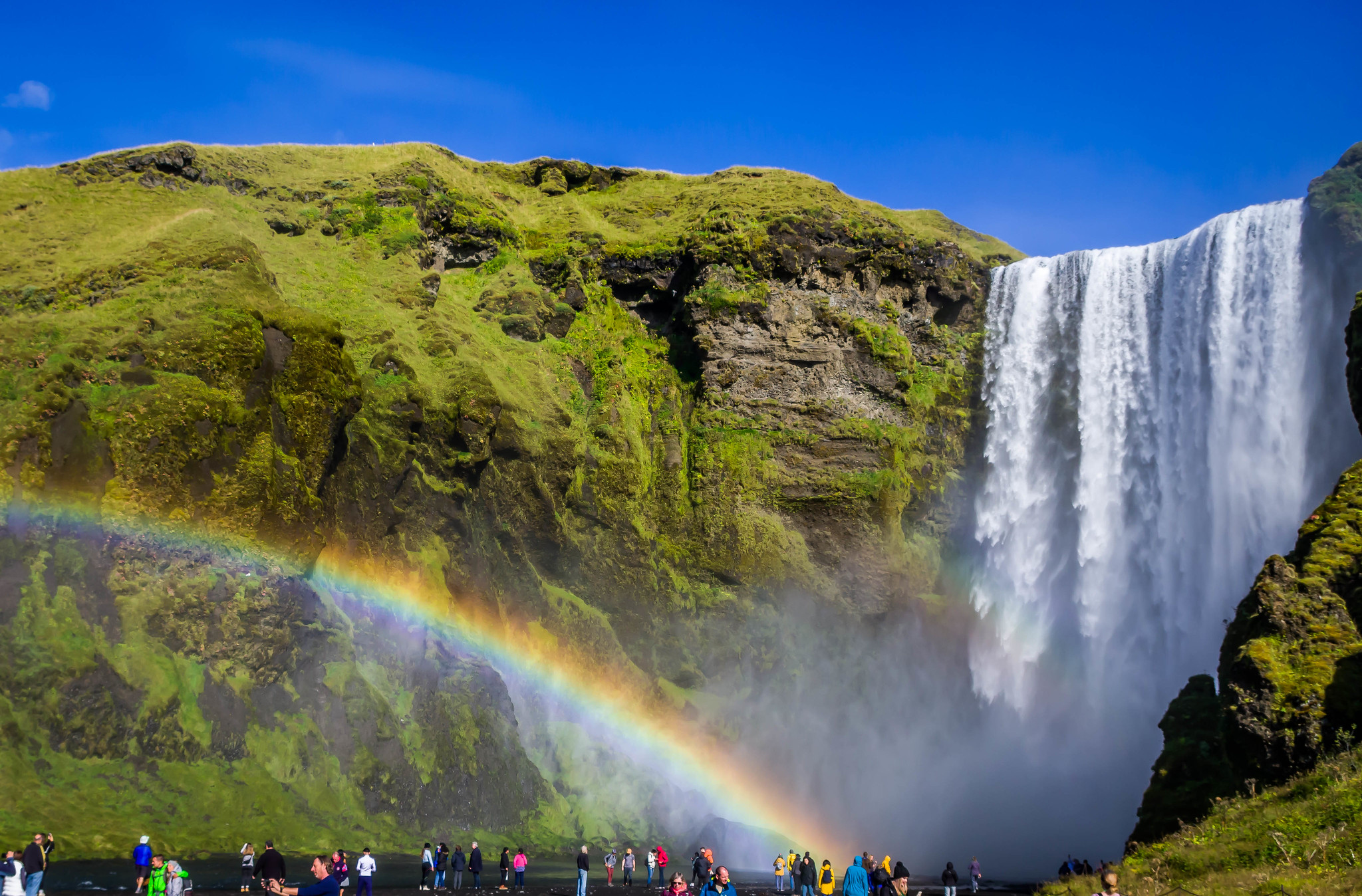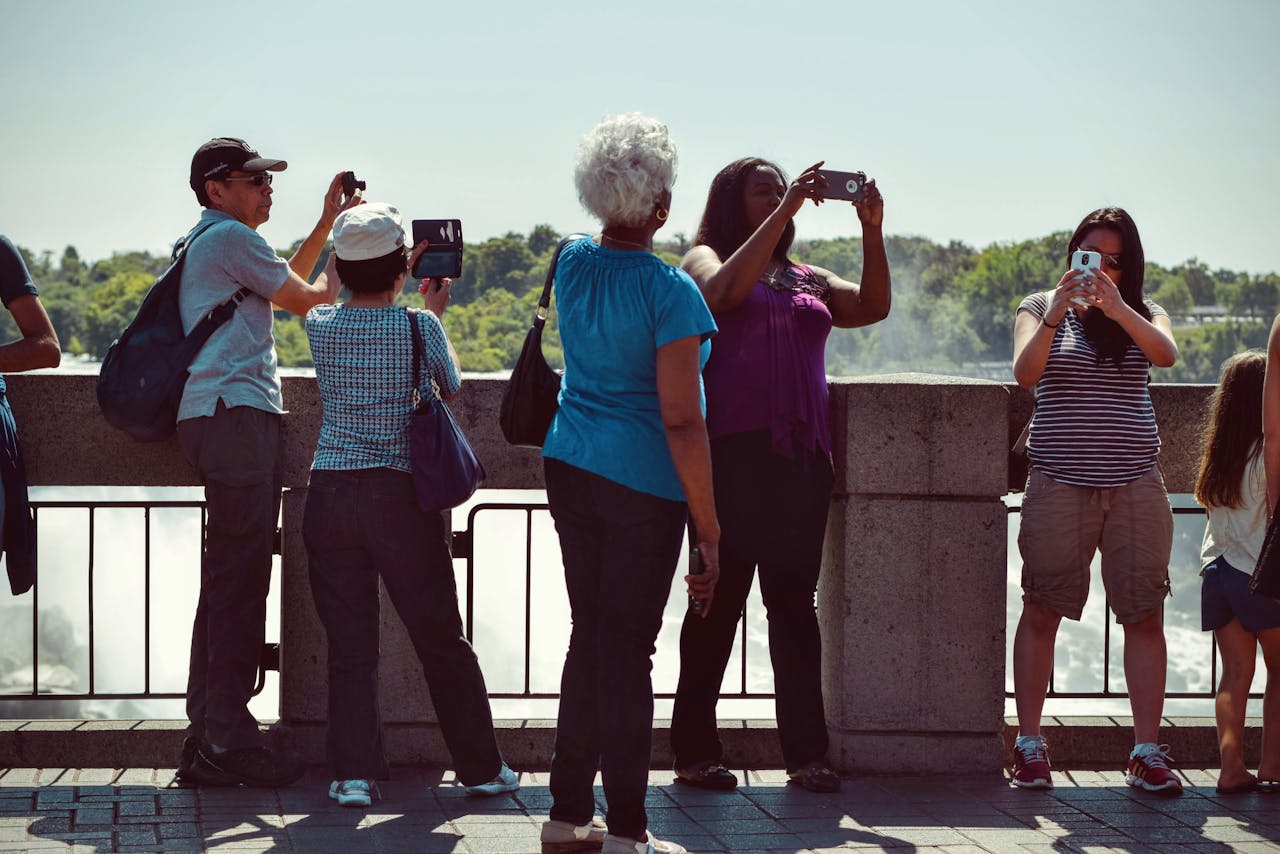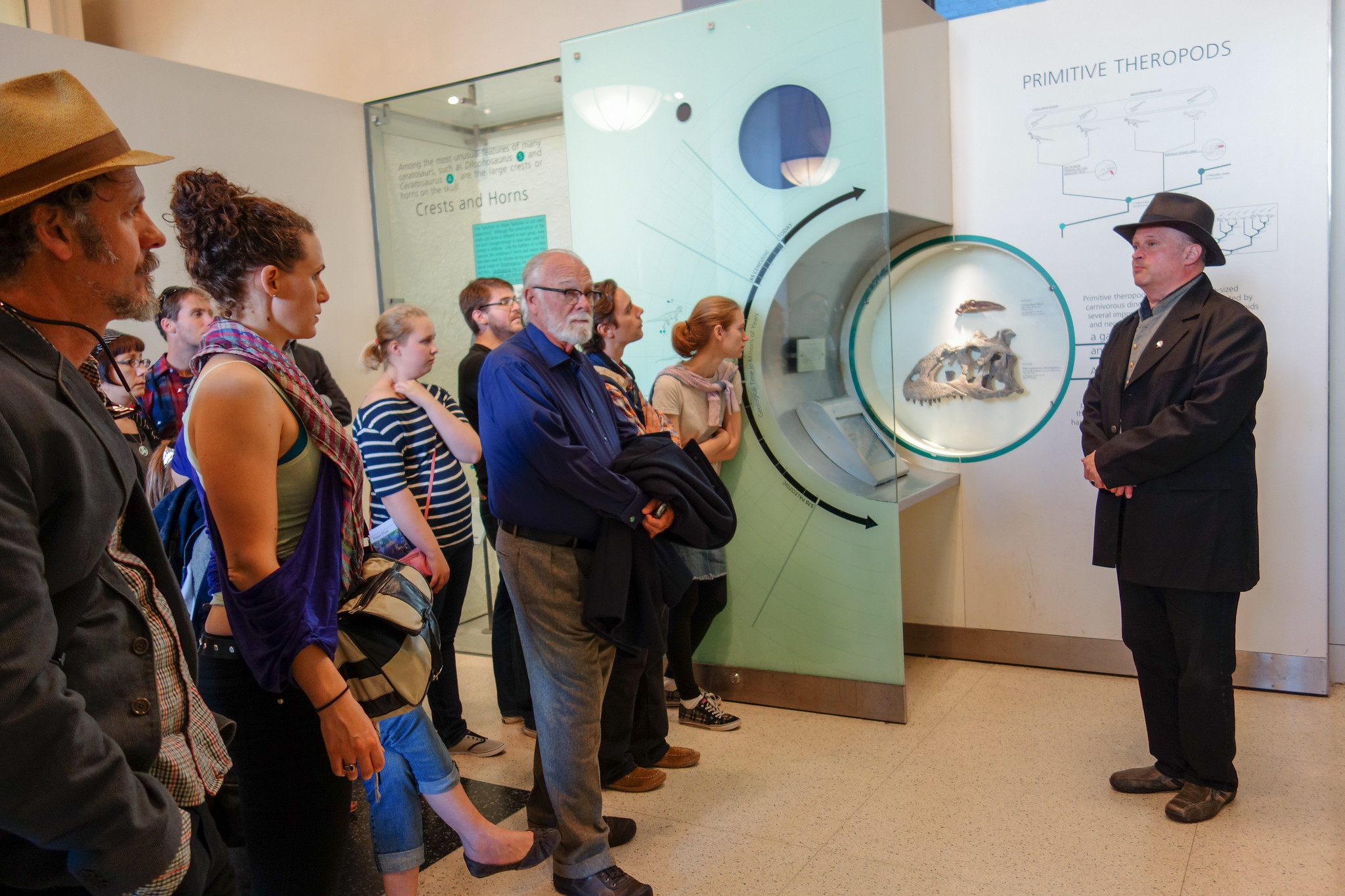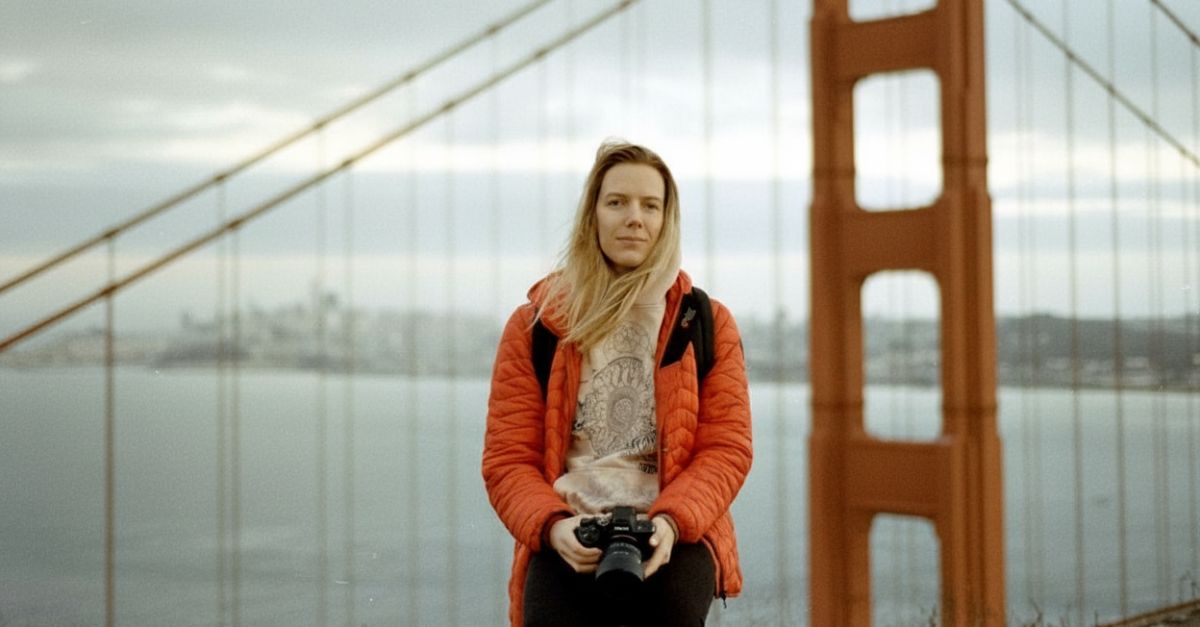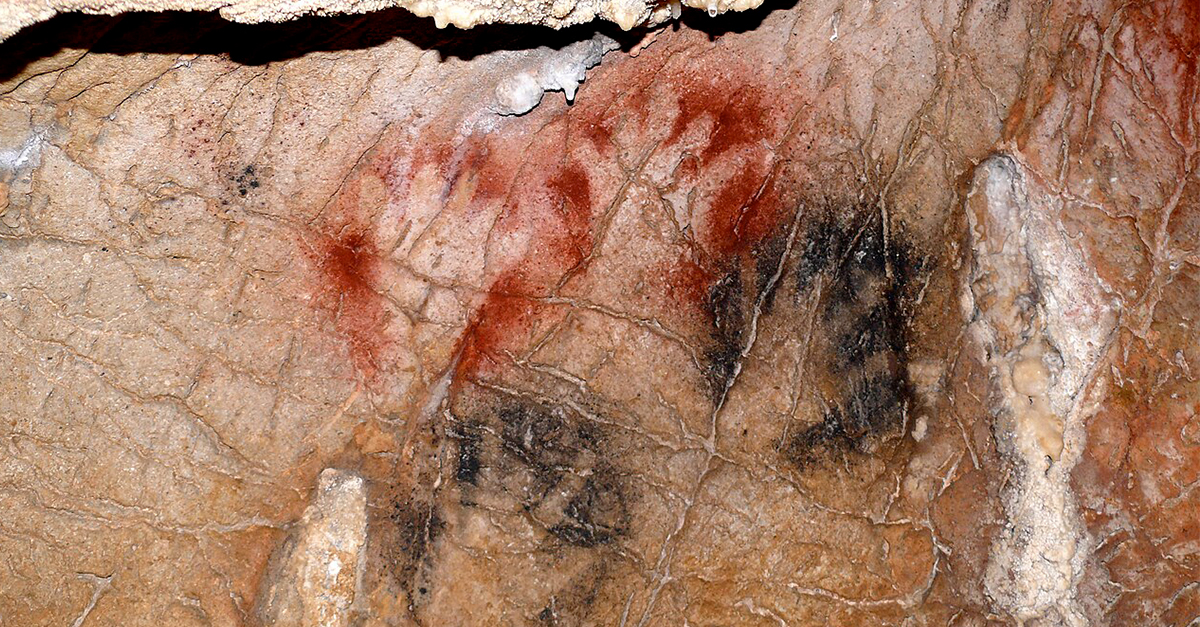What Motivates People to Travel?
Tourism is a massive industry, and there’s truly something for everyone. From thrill-seekers to soul-searchers, people travel for all kinds of reasons.
Whether it’s dark tourism, doom tourism, or even something called blue tourism—here are 21 fascinating ways people explore the world.

Extreme Tourism
Extreme tourism—also known as dangerous tourism—is a niche in the tourism industry that involves traveling to dangerous places, such as mountains, jungles, deserts, caves, canyons, etc.
Examples of Extreme Tourism
Extreme tourist destinations include: Chernobyl Tours in Ukraine, swimming in the Devil’s Pool in Victoria Falls, walking the plank at Mount Hua, China, traveling along Death Road in Bolivia, and more.
Traveling to places like Antarctica, Costa Rica, Mount Everest, Brazil, etc.
Dark Tourism
Dark tourism is all about visiting places tied to death, disaster, or tragedy—think abandoned prisons, war zones, or sites of natural disasters.
Examples of Dark Tourism
Dark tourist destinations include: Cu Chi Tunnels in Vietnam, Pompeii, Italy, Hiroshima, Japan, and the Alcatraz prison.
 National Parks Gallery, Picryl
National Parks Gallery, Picryl
Trauma Tourism
Trauma tourism is very similar to dark tourism. It usually involves traveling to places historically known for traumatic or significant events.
Examples of Trauma Tourism
Trauma tourism destinations include: Auschwitz-Birkenau, Poland, Culloden in Scotland, Beaumaris Prison in Anglesey, etc.
Trauma tourists particularly enjoy castles and battlefields, or sites of natural disasters.
 xiquinhosilva, CC BY 2.0, Wikimedia Commons
xiquinhosilva, CC BY 2.0, Wikimedia Commons
Doom Tourism
Doom tourism involves visiting places that are under environmental threat—travelers often go to see them before they disappear for good.
Examples of Doom Tourism
Doom tourist destinations include: Melting glaciers in Antarctica, Lake Retba in Senegal, the Great Barrier Reef, Salar De Uyuni, Bolivia, and more.
This also includes area where endangered wildlife can be seen.
Grey Tourism
Grey tourism is a niche market in the tourism sector that caters specifically to seniors. These destinations usually have age requirements, and are more accessible.
Examples of Grey Tourism
Grey tourism is all about travel that caters to seniors, with destinations designed for comfort, accessibility, and relaxation. Think classic spots like Italy, Greece, and Germany—or tropical resorts like Riu Palace in Riviera Maya, Mexico, tailored to older travelers.
 Fulvio Barudoni, CC BY 3.0, Wikimedia Commons
Fulvio Barudoni, CC BY 3.0, Wikimedia Commons
Blue Tourism
Blue tourism is also known as coastal and maritime tourism. This type of tourism includes recreational activities that take place on, or close to, the sea.
Examples of Blue Tourism
Blue tourism destinations include anything near or on the water, such as cruises and islands. But also, anywhere people would mostly partake in water activities, such as diving and surfing.
Diversionary Tourism
Diversionary tourism is when someone takes a trip to escape from their normal lifestyle.
Examples of Diversionary Tourism
Diversionary tourism is all about escaping the everyday—usually to a dream destination or somewhere completely different from home.
These travelers often opt for all-inclusive resorts where the main goal is simple: total relaxation.
Awareness Tourism
Awareness tourism takes place when someone takes a trip where they immerse themselves into a different community, actively participating in community activities.
Examples of Awareness Tourism
Examples of Awareness tourist destinations could be any place where the cultural experience may be different than home.
This typically includes small villages outside popular resorts (such as in Mexico), or remote locations open to a handful of tourists at a time (such as Northern Russia).
Psychocentric Tourism
Psychocentric tourists tend to be more cautious and reserved, often avoiding air travel due to psychological reasons rather than money or logistics. They’re less about adventure and more about comfort and familiarity.
Examples of Psychocentric Tourism
Most psychocentric destinations include places that can be reached by car, and are well-equipped with tourism amenities—such as hotels, restaurants and shops.
Examples include big cities close to home, annual festivals, and family-friendly resorts.
Drifter Tourism
Drifter tourism is another name for backpacking. Drifter tourists usually travel independently with minimal baggage, and they do not depend on the infrastructure.
Drifters often interact and integrate with their destinations.
Examples of Drifter Tourism
The most popular area for drifters is Europe—the ever-popular “Euro trip”. This is typically because people can travel through many different countries without having taking expensive transportation.
Elite Tourism
Elite tourism is all about luxury, exclusivity, and tailored experiences—think travel designed for the rich and famous, where every detail is customized to perfection.
Examples of Elite Tourism
Examples of elite tourist destinations include, private islands and private resorts in places such as Bali, Maldives, Hawaii, Bora Bora, Thailand, South Africa, and Italy.
Mass Tourism
Mass tourism is a form of tourism where large numbers of tourists go to the same destination at the same time of year.
This usually occurs when destinations offer package deals.
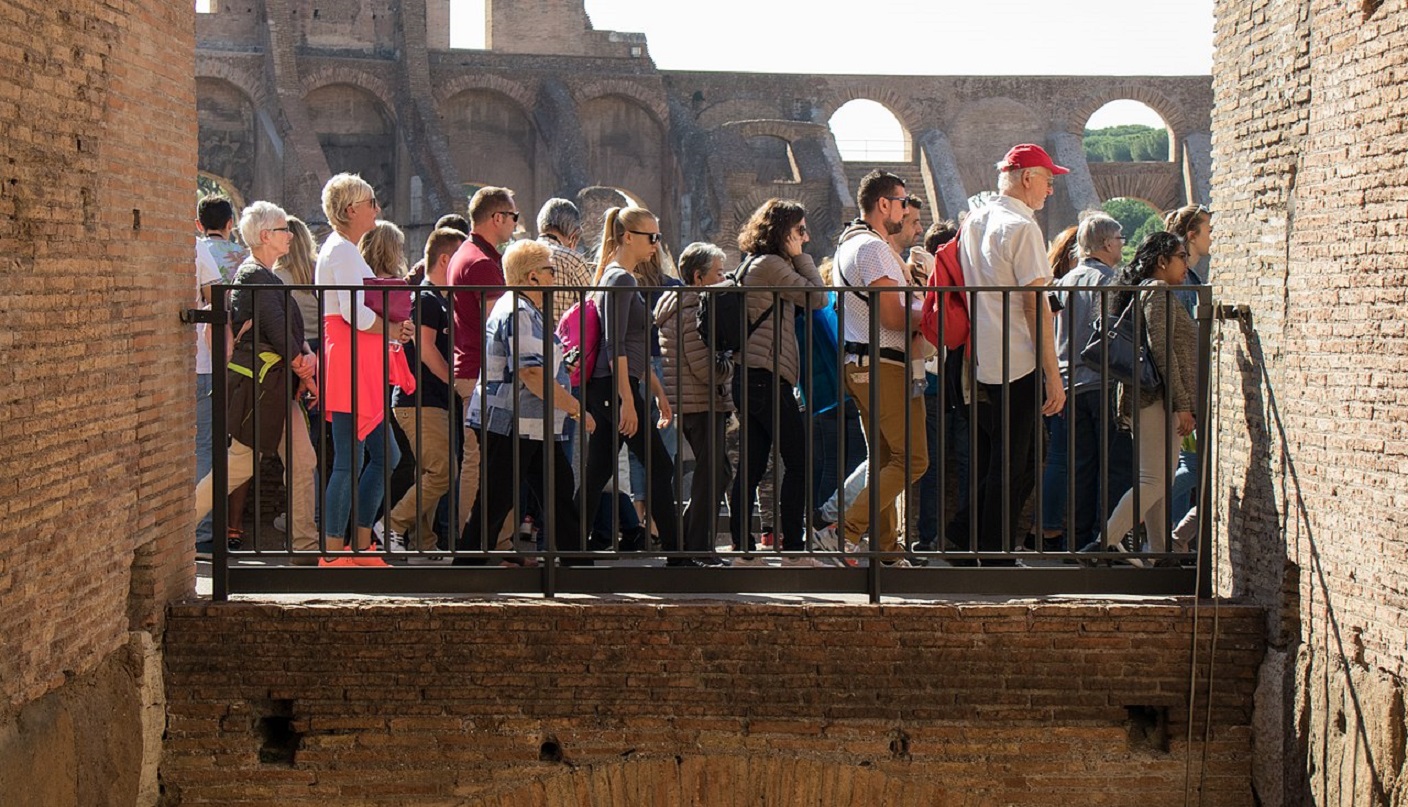 Christian Sapetschnig, CC BY-SA 4.0, Wikimedia Commons
Christian Sapetschnig, CC BY-SA 4.0, Wikimedia Commons
Examples of Mass Tourism
The most common places for mass tourism include Mexico, France, Italy, Spain, Thailand and various places in the United States.
Typically, mass tourism occurs in places where skiing, surfing, and beaching is popular, or where there are commercial attractions, such as Rome.
Culinary Tourism
Culinary tourism, or food tourism, is all about traveling for the love of food. Whether it’s cooking classes, drink tours, or food festivals, it’s a journey for your taste buds.
Examples of Culinary Tourism
The most common destinations for culinary tourism are in Europe, such as Rome, Italy, and San Sebastian, Spain.
Also, Kyoto, Japan, Mexico City, Mexico, and New York, USA are popular places for world-class culinary experiences.
Rural Tourism
Rural tourism is often defined as the “country experience”, where people travel to places less populated, and participate in a rural lifestyle.
Examples of Rural Tourism
Natural tourism takes you off the beaten path to spots like cozy villages, homestays, farms, and eco-lodges. These hidden gems aren’t your typical tourist hotspots—they’re all about connecting with nature and local life.
Cultural Tourism
Cultural tourism is a type of tourism where people travel to places looking for a cultural learning experience. They are motivated to learn, discover and experience a culture different from their own.
Examples of Cultural Tourism
Common cultural tourism destinations include places like Mexico, Thailand, Jamaica, Japan, Spain, and so on.
However, usually tourists choose off-resort hostels and villages where they can experience the culture without the influence of tourism.
Religious Tourism
Religious tourism is when someone travels for religious or spiritual purposes, such as undertaking a pilgrimage or visiting sacred sites.
Examples of Religious Tourism
Those who travel for religious or spiritual purposes might go to places like Saudi Arabia or the Himalayas.
Those who travel for religious sightseeing might go to places like the Sanctuary of Our Lady of Fátima in Portugal, Jerusalem, or the Way of Saint James in Spain.
Ecotourism
Ecotourism is all about responsible travel to natural areas, focusing on conserving the environment and supporting local communities. It’s travel that gives back while letting you connect with nature.
Examples of Ecotourism
The most common destinations for ecotourism include places that have rainforests, beaches, volcanoes, mountains, and intriguing landscapes, such as: Costa Rica, Iceland, Palau, Galapagos Islands, and various places in the United States.
Domestic Tourism
Domestic tourism occurs when citizens travel within their home country, but outside their usual environment.
Examples of Domestic Tourism
Many people travel to their country’s national or state parks, as well as popular beaches and resorts in big cities.
In the United States, many travels head toward the sunn states, such as, Hawaii, California, and Florida.
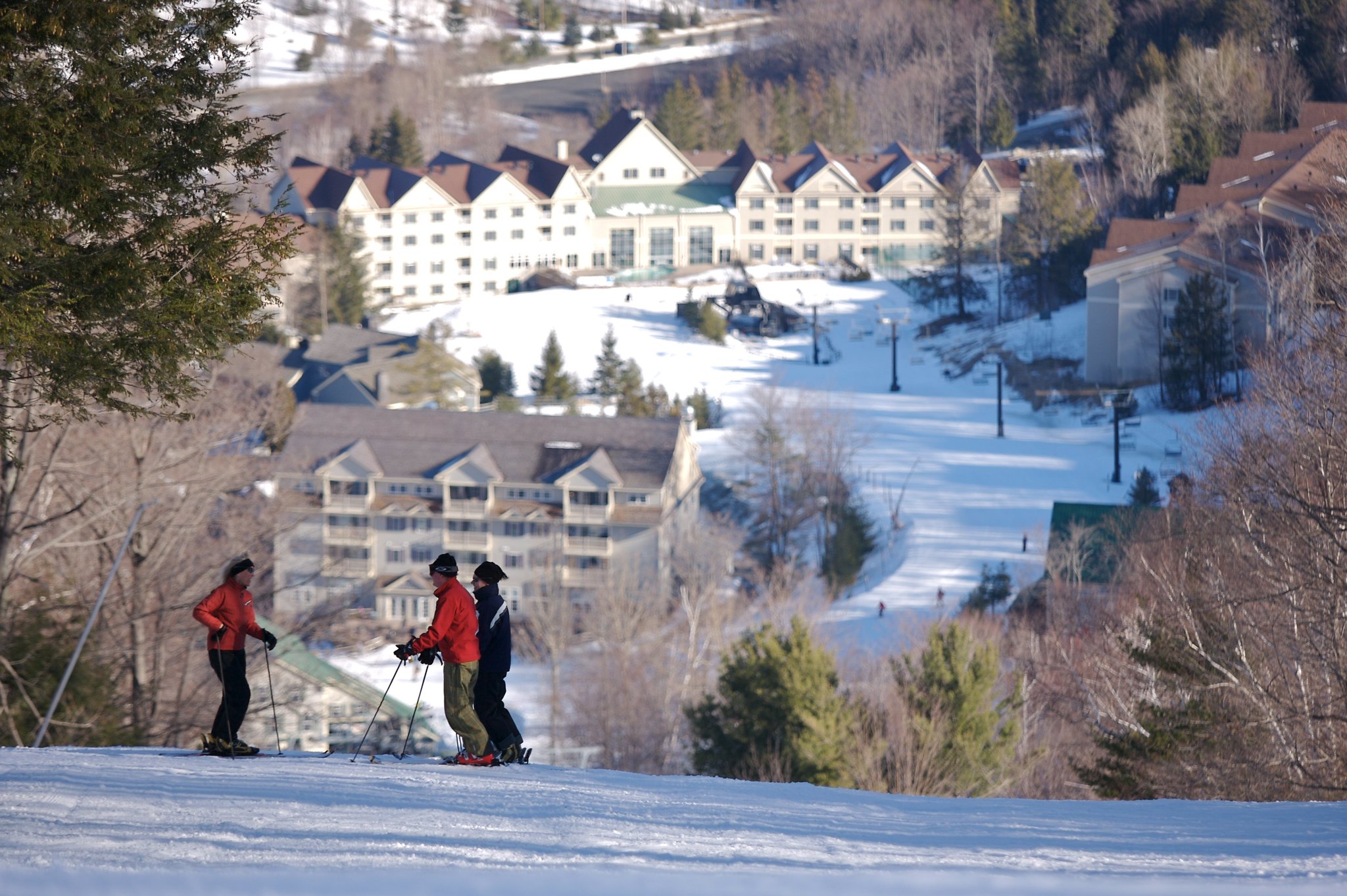 Massachusetts Office Of Travel & Tourism, Flickr
Massachusetts Office Of Travel & Tourism, Flickr
Sports Tourism
Sports tourism is when travel is all about the game—whether you're there to compete, cheer on your team, or soak in the excitement of major events.
Examples of Sports Tourism
The most common destinations for Sports Tourism include, Barcelona Spain, Rio de Janeiro, Brazil, New York City, United States, and Melbourne Australia.
Urban Tourism
Urban/city tourism emphasizes cultural and commercial activities. It occurs when someone travels to populated areas and takes part in typical city tourism attractions.
Examples of Urban Tourism
Urban tourism focuses less on the place and more on the experience. Think museums, art galleries, iconic skyscrapers, festivals, parades, and local events that bring city life to the forefront.
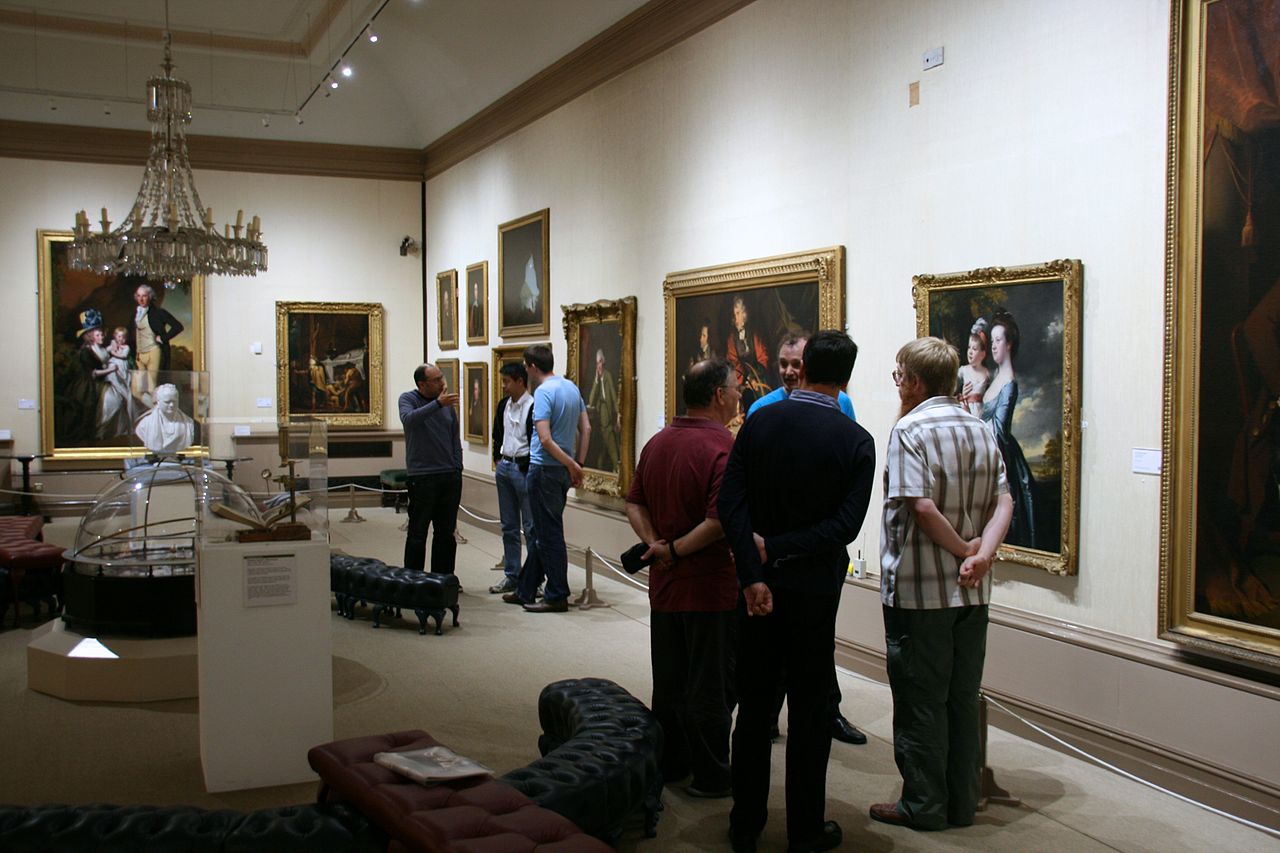 Mike Peel, CC BY-SA 4.0, Wikimedia Commons
Mike Peel, CC BY-SA 4.0, Wikimedia Commons
Leisure Tourism
Leisure tourism is similar to diversion tourism, where people take a break from daily routine life. Typically, leisure tourists go to inclusive resorts that offer relaxing activities and beaches.
Examples of Leisure Tourism
Just like diversion tourism, leisure tourism is your typical vacation somewhere one might have minimal responsibilities. Popular places include tropical resorts, or inclusive ranch-style resorts.
Final Thoughts
All in all, there are several different reasons people are motivated to travel, and each reason presents unique opportunities.
The world is a vast, magnificent place with endless destination opportunities. So, keep adding to your bucket list, there is so much more to explore.
 My Ocean Production, Shutterstock
My Ocean Production, Shutterstock



